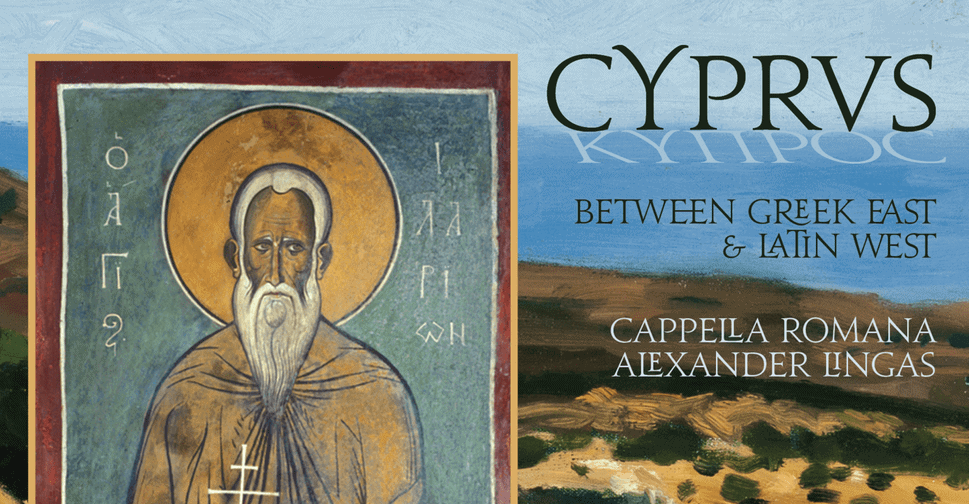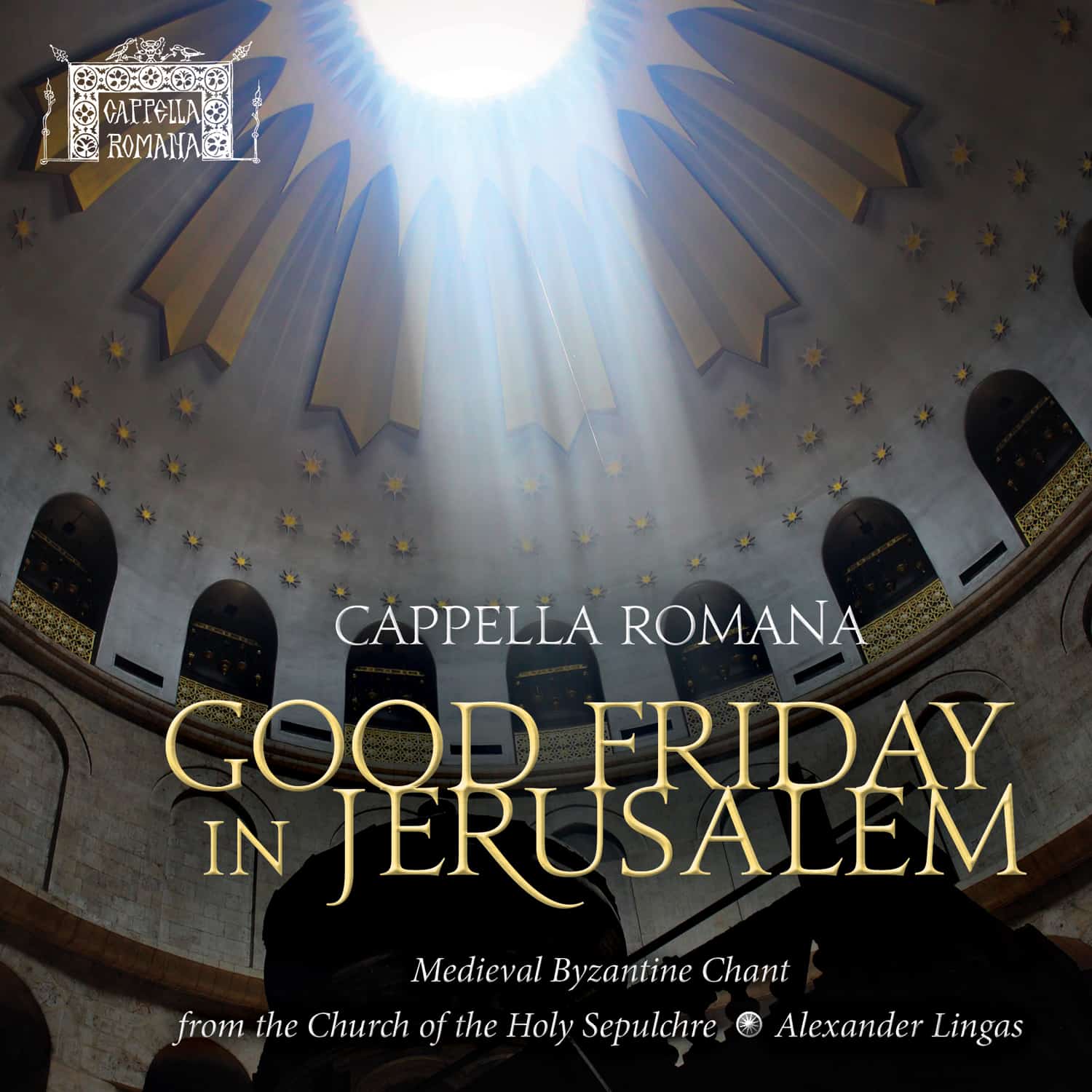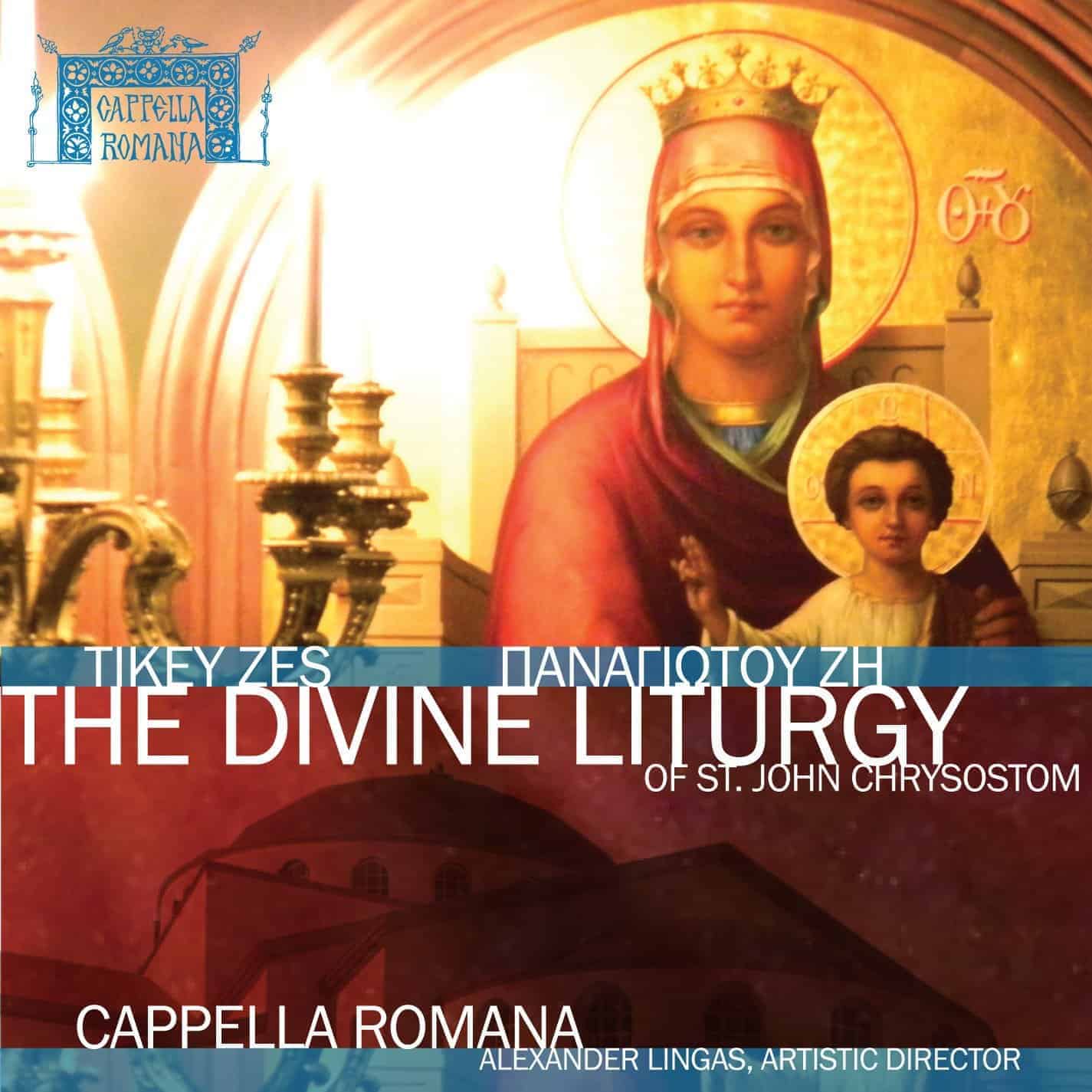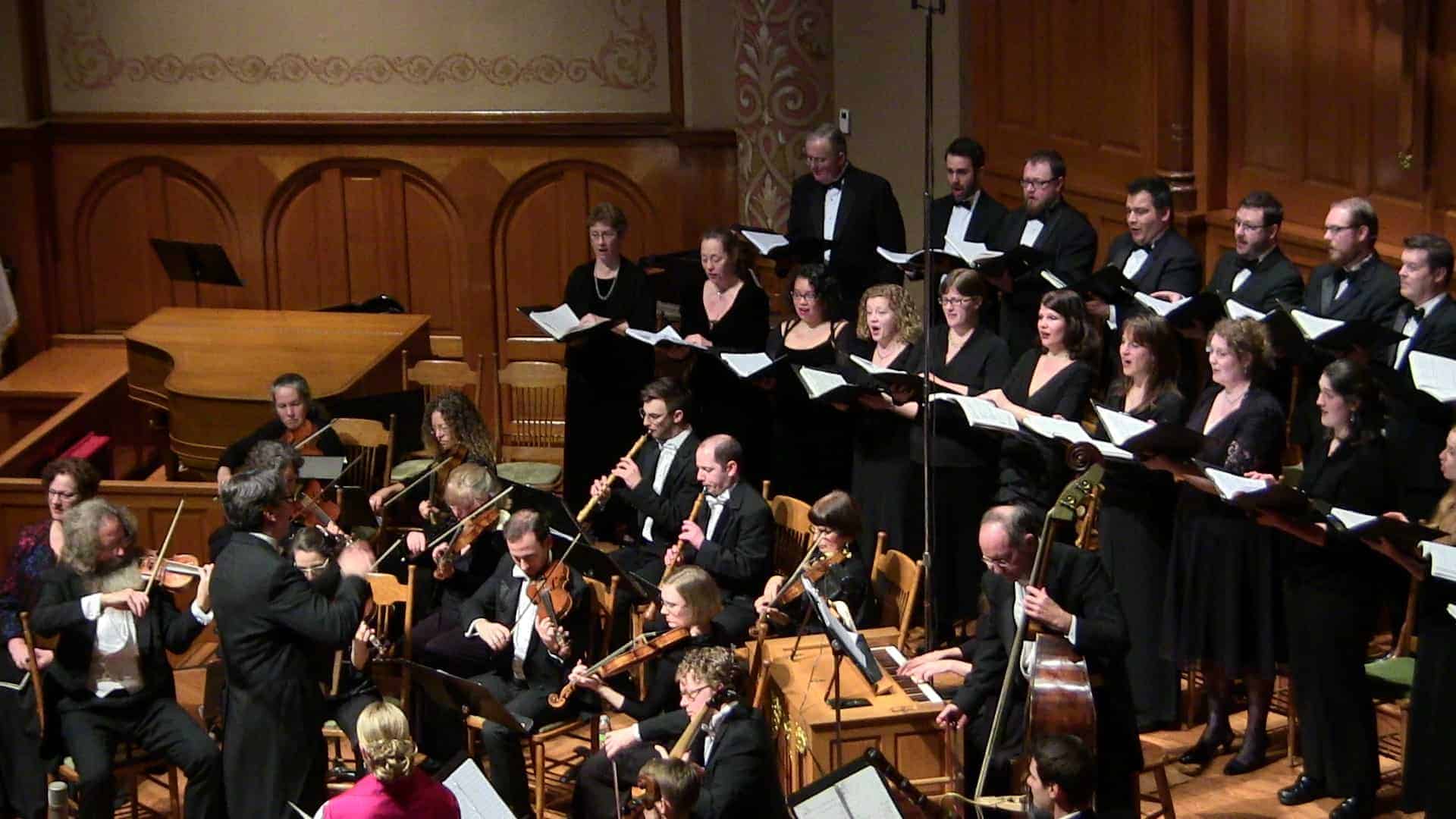Category: Program Notes
-

Byzantine Music in Cyprus
Manuscripts of Byzantine chant copied through the middle of the fifteenth century show that Cyprus remained closely tied to the musical mainstream of Byzantium. The two hymns (stichera) from the Greek office for St Hilarion included on the present recording are excerpts from a longer sequence of hymns interpolated on the eve of his feast
-

Latin Music in Cyprus
Literary witnesses to the cultivation of music by the French kings of Cyprus are found in a variety of sources, but nearly all of the surviving music associated with the Lusignan court is contained in a single manuscript: Torino Biblioteca Nazionale Universitaria J.II.9. This remarkable document was, according to Karl Kügle (2012), evidently copied between
-

Cyprus — The Ars nova and its Byzantine Counterpart
Latin and Greek sacred music of the Middle Ages shared both roots in the Christian psalmody of Roman Late Antiquity and a common inheritance of Ancient Greek musical theory. Despite centuries of troubled relations between Byzantine Christianity and the Church of Rome that went from bad to worse with the Crusader sack and occupation of
-

Medieval Cyprus Between East and West
Located at a strategic point in the Eastern Mediterranean close to the coasts of Asia Minor (modern Turkey) and the Middle East, the island of Cyprus has been a site of commercial and cultural interchange since the dawn of civilization. Christianity came to the island with the apostles Paul and Barnabas, the latter of whom
-

Ivan Moody: From Darkness to Light
The From Darkness to Light programme is a journey in more than one sense. Firstly, it takes us from spiritual darkness (the condition which is cured, according to Orthodox Christian tradition, by metanoia, a change of heart) to light, the radiance of the Resurrection of Christ, by which mankind is made new. Secondly, it takes
-

Good Friday In Jerusalem Concert Program
Our concert features excerpts from the “Service of the Holy Passion of our Lord Jesus Christ” as it would have been celebrated in Jerusalem during the tenth century. The ancestor of the service celebrated in the modern Byzantine rite on Holy Thursday evening, this is a stational version of the office of early morning prayer
-

Good Friday In Jerusalem Liner Notes
In the year 637 AD the orthodox Christian Patriarch Sophronios (d. 638) surrendered Byzantine Jerusalem to the Arab Caliph Umar, inaugurating a period of Muslim rule in the Holy City that would last until its conquest by Latin Crusaders in 1099. Although subject to tribute, Jerusalem’s Christian inhabitants retained the right to continue celebrating both
-

Echoes of the Renaissance — Program Notes
In his magisterial The Rise of European Music, 1380–1500, Reinhard Strohm traces the development and dissemination of complex styles of music written with multiple voice parts using measured (‘mensural’) notation that enabled precise rhythmic coordination of the voices. By the middle of the fifteenth century the most notable centers for the production of this polyphonic
-

Handel’s Messiah — Notes by John Butt
Messiah The libretto that the irascible Charles Jennens sent to Handel at some point in the summer of 1741 was not in itself an extraordinary document within the Christian tradition. After all, the Gospels and Epistles already made ample reference to the way in which the New Testament was foretold in the Old, and this tradition
-

Sacred Songs of Serbia — Program Notes: Part Two
Sacred Songs of Serbia Serbian Chant and Church Choral Music Part One Polyphonic singing appeared for the first time in Serbian churches in the 1830s as a result of European and Russian influence. The expansion of newly organized Serbian church choirs was enormous and very soon the main problem was the lack of indigenous sacred
-

Sacred Songs of Serbia — Program Notes: Part One
Sacred Songs of Serbia Serbian Chant and Church Choral Music Serbian chant is a type of monodic music which has remained in use as part of the Church’s liturgy from the time of Cyril and Methodius (the 9th century) to our day. With the granting of the independence to the Serbian Church in 13th century
-

Sacred Songs of Serbia Program
Rejoice, all ye western lands, Stichera, Tone I, from the Service in Honour of the Holy King Stefan of Dečani (+ 1331), melody from monastery Hilandar manuscript /3,08’ The Magi, kings of Persia, Stichera, Tone V, from the Christmas Vespers, Traditional Serbian Chant / 3, 20’ Holy, holy, holy, great, from the Liturgy

You must be logged in to post a comment.